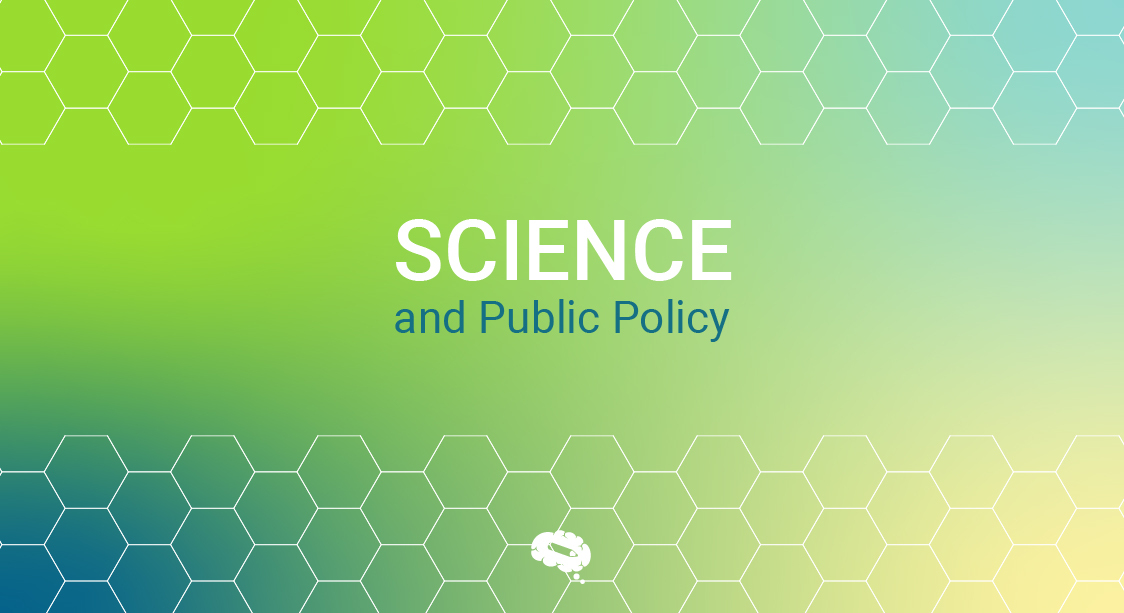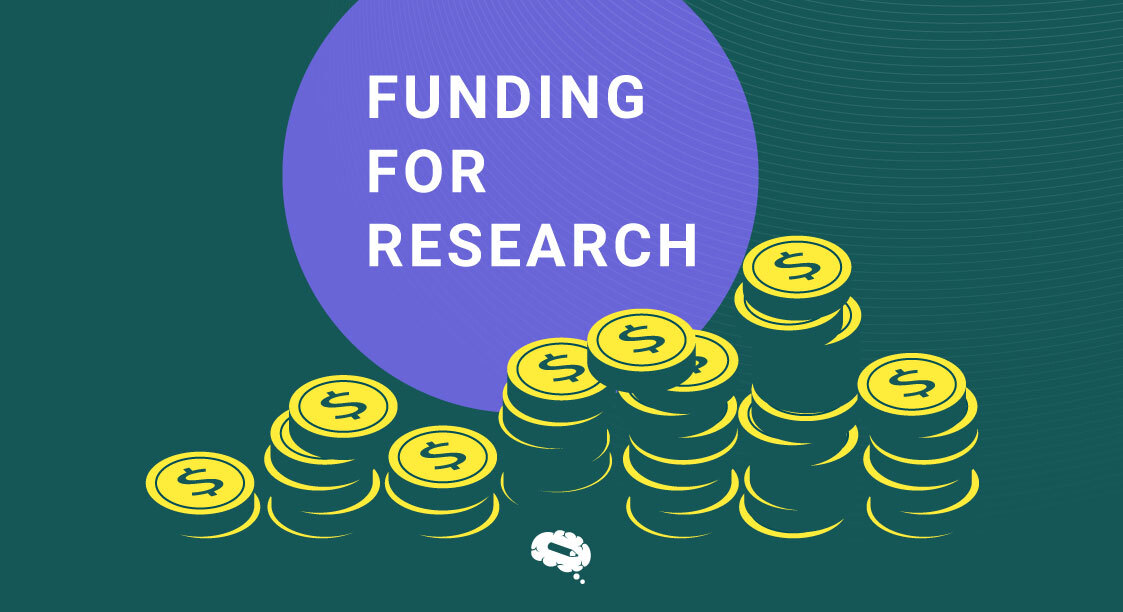As researchers, we tend to believe that science has nothing to do with policymaking, isn’t it? Well, this article could change your mind. As mentioned in one of the articles by the American Association for Advance Science U.S. Rep.Rush Holt (A physicist by training) believes that if his peers would think like scientists they would write better public policy! (Read the full article: The intersection of science and public policy)
How? Stay with us as we try to introduce the intersection of science and policy. It is a critical juncture where empirical research meets decision-making processes. Scientific research tends to get too focused for the area and may feel aloof from the policy-making process. Let us tell you something, these two fields are interconnected and their outcomes influence each other immensely. How? Let us take an overview of the Science-Policy interaction and find out!
Science thrives on curiosity, experimentation, and validation, seeking to uncover truths that are replicable and generalizable. On the other hand, policy embodies the rules, regulations, and strategies devised by governments and organizations to address societal challenges, foster progress, and allocate resources. While science strives for objectivity and universal truths, policy is shaped by a myriad of factors, including political ideologies, public opinion, economic considerations, and ethical principles.
The dynamic interaction between science and policy is fueled by the pressing need to address complex issues that confront contemporary societies, such as climate change, public health crises, technological innovations, and social inequalities. Scientists generate knowledge through research, experimentation, and analysis, producing data and evidence that can inform policy decisions and guide interventions. This scientific evidence often serves as a crucial input for policymakers, offering insights into the causes, consequences, and potential solutions to multifaceted problems.
Translating scientific findings into actionable policies is not straightforward. Policymakers must navigate a complex landscape characterized by uncertainty, competing interests, and value-based judgments, requiring them to balance scientific evidence with other considerations, such as feasibility, cost-effectiveness, and societal values.
Science Explained
Science is a systematic enterprise that builds and organizes knowledge in the form of testable explanations and predictions about the natural world. It encompasses a wide range of disciplines, including biology, physics, chemistry, astronomy, psychology, and social sciences, each employing methods like observation, experimentation, and analysis to generate empirical evidence and theories. The primary goal of science is to uncover and understand the underlying principles and mechanisms that govern the universe, human behavior, and natural phenomena, aiming for objectivity, reproducibility, and generalizability of findings.
Public Policy Defined
Public policy refers to the course of action or inaction chosen by governmental entities to address societal issues, allocate resources, regulate behaviors, and achieve specific objectives. It encompasses laws, regulations, programs, and initiatives developed and implemented by governments at various levels (local, state, national) and by international organizations to influence and guide social, economic, environmental, and political outcomes. Public policy is shaped by a multitude of factors, including political ideologies, public opinion, economic considerations, ethical values, cultural norms, and scientific evidence.
The impact of public policy on scientific discoveries is significant and multifaceted. Public policy can influence the direction, funding, and priorities of scientific research, as well as the dissemination, application, and commercialization of scientific discoveries.
How Does Public Policy Impact Scientific Discoveries?
Funding And Support For Scientific Research
Public policy plays a crucial role in allocating public and private funds to support scientific research across various disciplines. Government agencies, research councils, and foundations provide grants, scholarships, and other funding opportunities to scientists and researchers to conduct research on pressing societal issues, explore new frontiers of knowledge, and develop innovative solutions to complex challenges. The availability of funding and the allocation of resources by policymakers directly impact the scale, scope, and direction of scientific research, influencing which research projects are undertaken, which scientific questions are prioritized, and which discoveries are made.
Regulatory Frameworks And Ethical Guidelines
Public policy establishes regulatory frameworks, ethical guidelines, and standards governing scientific research and innovation to ensure the responsible conduct of research, protect human and animal subjects, safeguard the environment, and promote the ethical use and dissemination of scientific knowledge. Regulatory policies and oversight mechanisms shape the conduct, methodologies, and practices of scientific research, influencing the design, implementation, and interpretation of scientific studies and discoveries.
Science Education And Workforce Development
Public policy impacts science education and workforce development by shaping curriculum standards, educational programs, training initiatives, and career pathways in science, technology, engineering, and mathematics (STEM) fields. Educational policies and investments in STEM education, teacher training, and student support programs aim to cultivate scientific literacy, foster curiosity and critical thinking skills, and develop a skilled and diverse scientific workforce capable of driving scientific discoveries and technological innovations.
Intellectual Property Rights And Commercialization Of Scientific Discoveries
Public policy establishes intellectual property rights, patent laws, and regulations governing the commercialization, licensing, and transfer of scientific discoveries and technological innovations. Policy frameworks and incentives for innovation, entrepreneurship, and industry-academia collaborations facilitate the translation of scientific research into practical applications, products, and services that benefit society, stimulate economic growth, and drive technological advancements.
International Collaboration And Scientific Diplomacy
Public policy shapes international collaboration, partnerships, and scientific diplomacy initiatives to promote global cooperation, knowledge sharing, and scientific advancements across borders. Bilateral and multilateral agreements, international research collaborations, and science diplomacy initiatives foster the exchange of ideas, expertise, and resources, enabling scientists and researchers to collaborate on global challenges, address shared concerns, and contribute to collective efforts to advance scientific knowledge and promote global well-being.
The Relationship Between Science And Public Policy
The relationship between science and public policy is complex. It was thought to be linear but recent research suggests that we are moving towards a co-dependent relationship between them (for details, please read the article “Co-producing the science–policy interface: towards common but differentiated responsibilities” on Nature). The dynamic, and symbiotic, represents a critical intersection where empirical research meets decision-making processes to shape societal development, address complex challenges, and foster progress. Science and public policy are intrinsically linked, influencing and informing each other in numerous ways to create a synergistic relationship that drives innovation, fosters sustainable development, and enhances the well-being of individuals and communities.
- Informing Policy with Scientific Evidence: Science generates knowledge, evidence, and insights through systematic research, experimentation, and analysis, providing policymakers with valuable information and data to make informed decisions, develop evidence-based policies, and guide interventions. Scientific evidence on a wide range of topics, including public health, environmental sustainability, technological innovation, and social inequalities, informs policy development, implementation, and evaluation, helping policymakers understand the causes, consequences, and potential solutions to complex societal problems.
- Shaping Scientific Research and Priorities: Public policy influences the direction, funding, and priorities of scientific research by allocating resources, setting research agendas, and establishing funding priorities based on societal needs, political priorities, economic considerations, and ethical values. Government funding agencies, research councils, and international organizations play a crucial role in shaping the scientific research landscape, influencing which research projects are undertaken, which scientific questions are prioritized, and which discoveries are made.
- Regulatory and Ethical Frameworks: Public policy establishes regulatory frameworks, ethical guidelines, and standards governing scientific research and innovation to ensure the responsible conduct of research, protect human and animal subjects, safeguard the environment, and promote the ethical use and dissemination of scientific knowledge. Regulatory policies, oversight mechanisms, and ethical guidelines shape the conduct, methodologies, and practices of scientific research, influencing the design, implementation, and interpretation of scientific studies and discoveries.
- Science Education, Outreach, and Public Engagement: Public policy impacts science education, outreach, and public engagement initiatives by shaping curriculum standards, educational programs, training initiatives, and public communication strategies to cultivate scientific literacy, foster curiosity, and promote public understanding and appreciation of science. Educational policies, investments in STEM education, and public engagement programs aim to enhance science literacy, critical thinking skills, and public trust in science, enabling informed decision-making, citizen participation, and democratic governance.
- Facilitating Technology Transfer and Commercialization: Public policy plays a crucial role in facilitating the translation of scientific research and technological innovations into practical applications, products, and services that benefit society, stimulate economic growth, and drive technological advancements. Intellectual property rights, patent laws, commercialization strategies, and incentives for innovation, entrepreneurship, and industry-academia collaborations create an enabling environment for technology transfer, commercialization, and the development of innovative solutions to societal challenges.
Notable Examples Of Science And Public Policy Interactions
Public Health Policy
Scientific research plays a crucial role in shaping public health policies by providing evidence on the causes, prevention, and treatment of diseases. For instance, epidemiological studies on the health effects of smoking have informed policies to regulate tobacco use, implement smoking bans in public places, and launch public awareness campaigns to reduce smoking rates and improve public health outcomes.
Environmental Policy
Scientific evidence on climate change, biodiversity loss, and pollution informs environmental policies and regulations aimed at mitigating the adverse impacts of human activities on the environment. For example, climate science has influenced international agreements like the Paris Agreement, which sets targets for reducing greenhouse gas emissions and promotes renewable energy adoption to combat global warming and its associated environmental and societal risks.
Technology And Innovation Policy
Scientific and technological advancements drive innovation and economic growth, influencing policies that support research and development, foster innovation ecosystems, and promote technological adoption across industries. Government funding for scientific research, incentives for private sector innovation, and policies to promote STEM education and workforce development are examples of how science shapes technology and innovation policies.
Education Policy
Educational research provides insights into effective teaching and learning strategies, student engagement, and educational outcomes, influencing policies and reforms aimed at improving the quality of education, enhancing educational equity, and promoting lifelong learning opportunities. Evidence-based educational interventions, curriculum development informed by cognitive science, and policies to support teacher professional development are examples of how science impacts education policy.
Criminal Justice Policy
Scientific research in psychology, neuroscience, and criminology provides insights into the causes of criminal behavior, risk factors for recidivism, and effective interventions for rehabilitation and reintegration of offenders, influencing criminal justice policies and practices. Evidence-based approaches to crime prevention, alternative sentencing options, and rehabilitation programs informed by behavioral science are examples of how science impacts criminal justice policy.
The interface between science and politics presents both challenges and opportunities, reflecting the complex and dynamic relationship between empirical research and decision-making processes. While the synergy between science and politics has the potential to drive innovation, foster sustainable development, and address societal challenges. It also poses significant challenges related to communication, trust, collaboration, values, and accountability. Understanding these challenges and opportunities is crucial for fostering a productive and effective science-politics interface that benefits society and promotes evidence-based policy-making.
Challenges In Science-Politics Interface:
- Divergence in Timelines and Priorities: Science often operates on longer timelines, incremental progress, and rigorous scrutiny, whereas politics often demands quick responses, immediate results, and political expediency. This divergence in timelines and priorities can lead to conflicts and tensions between scientists and policymakers, making it challenging to align scientific research with political agendas and policy-making processes.
- Communication and Public Understanding: Effective communication of scientific findings, uncertainties, and complexities to policymakers, the public, and other stakeholders is crucial for informing policy decisions and promoting public trust in science. However, communicating scientific information in accessible, understandable, and relevant ways that resonate with diverse audiences and decision-makers can be challenging, leading to misunderstandings, misinformation, and misinterpretation of scientific evidence and its implications for policy-making.
- Political Ideologies, Values, and Interests: Science is often perceived as objective, impartial, and value-neutral, whereas politics is influenced by diverse ideologies, values, and interests that shape policy priorities, decision-making processes, and resource allocation. Conflicting ideologies, values, and interests among policymakers, stakeholders, and the public can hinder the integration of scientific evidence into policy-making, leading to polarization, ideological bias, and policy inertia.
- Funding and Resource Constraints: Adequate funding, resources, and support for scientific research, data collection, and evidence synthesis are essential for generating robust, reliable, and relevant scientific evidence to inform policy decisions. However, competing priorities, budget constraints, and resource limitations can pose challenges to funding scientific research, conducting comprehensive studies, and maintaining the quality and integrity of scientific evidence used in policy-making.
Also read: Funding for Research — Why, Types of Funding, When, and How?
- Ethical Considerations and Accountability: Balancing scientific integrity, ethical considerations, and accountability in the science-politics interface is crucial for ensuring the responsible conduct of research, protecting human and animal subjects, safeguarding the environment, and promoting the ethical use and dissemination of scientific knowledge. However, navigating ethical dilemmas, conflicts of interest, and accountability mechanisms in the context of political pressures, regulatory frameworks, and policy imperatives can be complex and challenging.
Opportunities In Science-Politics Interface
- Evidence-Based Policy-Making: Integrating scientific evidence, research, and expertise into the policy-making process can enhance the quality, effectiveness, and impact of policies, fostering evidence-based decision-making, innovation, and progress across various domains, including public health, environmental sustainability, technology, education, and social welfare.
- Interdisciplinary Collaboration and Dialogue: Fostering interdisciplinary collaboration, dialogue, and partnership between scientists, policymakers, stakeholders, and the public can promote mutual understanding, trust, and collaboration, enabling the co-creation of knowledge, solutions, and strategies to address complex societal challenges, foster innovation, and enhance the well-being of individuals and communities.
- Science Diplomacy and International Cooperation: Leveraging science diplomacy, international collaboration, and partnerships to address global challenges, promote knowledge sharing, and advance scientific research and innovation across borders can facilitate global cooperation, peacebuilding, and sustainable development, contributing to collective efforts to address shared concerns and promote global well-being.
- Science Education, Public Engagement, and Citizen Participation: Investing in science education, public engagement, and citizen participation initiatives to cultivate scientific literacy, foster curiosity, and promote public understanding and appreciation of science can enhance science communication, citizen empowerment, and democratic governance, enabling informed decision-making, public accountability, and responsive and inclusive policy-making.
- Policy Innovation, Adaptation, and Resilience: Harnessing the power of scientific research, evidence-based practices, and adaptive strategies to develop innovative, flexible, and resilient policies that are responsive to changing conditions, uncertainties, and emerging challenges can foster policy innovation, adaptation, and resilience, enabling governments, organizations, and communities to anticipate, mitigate, and address complex and interconnected societal problems effectively.
Conclusion
By harnessing the power of scientific knowledge and integrating it into the policy-making process, governments and organizations can develop more informed, effective, and equitable policies that address the root causes of societal problems and promote long-term solutions. This synergistic relationship between science and policy can also facilitate the development of adaptive strategies that are responsive to changing conditions, uncertainties, and emerging challenges.
In conclusion, the intersection of science and policy represents a dynamic and multifaceted relationship that plays a crucial role in shaping the future of societies. While it is characterized by complexities, differences, and challenges, it also offers opportunities for collaboration, innovation, and positive change. By fostering greater integration between scientific research and policy development, and by promoting a culture of evidence-based decision-making, we can unlock the full potential of this intersection and create a more resilient, inclusive, and sustainable world.
Mind the Graph Helps Science To Impact The Policy
We help you represent your studies using illustrations to make them reach common people easily. When science is simplified and represented it reaches larger masses. Mind the Graph helps you to convey the message in a short and sweet way. Which will eventually reach a phase of either commercial development, product manufacturing or will impact policy makers’ decisions. Start your trial now!

Subscribe to our newsletter
Exclusive high quality content about effective visual
communication in science.





